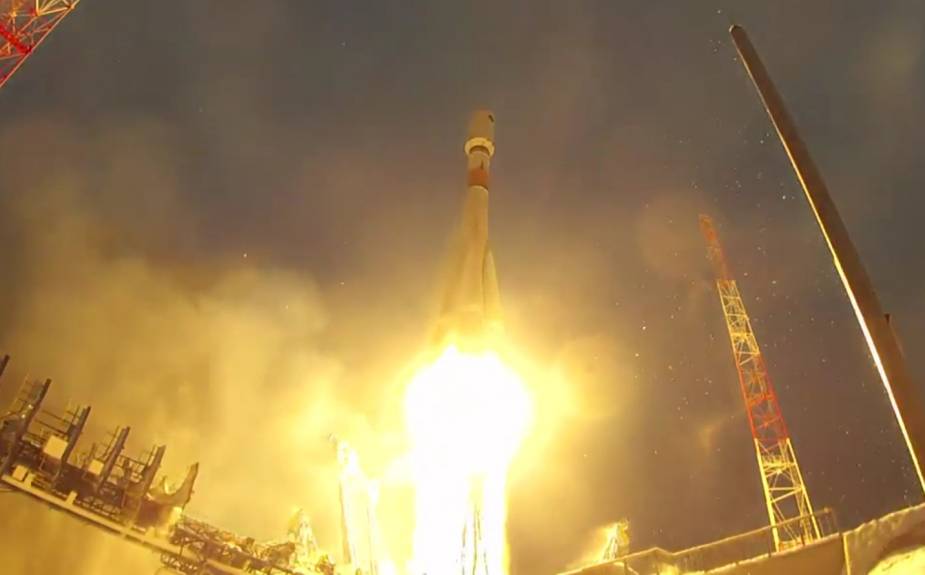Russia creates ground and space early warning elements - Part 2
The Soviet collapse left some early warning radars outside Russia. Some radars were pulled down or exploded, such as Daryal in Latvia and uncompleted Daryal-U in Krasnoyarsk. It created major gaps in the radar field, the Military-Industrial Courier writes.
Follow Army Recognition on Google News at this link

The first EKS satellite took flight in 2015 (Picture source: Russian Ministry of Defense)
Besides the ground, the Russian early warning system has a space element. In Soviet and post-Soviet time it was represented by Oko spacecraft. Some of them were a part of the unified control system and since 1979 operated in high elliptical orbit with the apogee considerably exceeding the perigee. In 1984, US-KS satellite was launched to the geostationary orbit 35-40 thousand kilometers over the equator to increase the reliability of the system. In 1996, it was replaced by US-KMO spacecraft for the survey of seas and oceans. It was equipped with an infrared telescope with a big-diameter mirror and a protective solar screen.
Ten early warning satellites monitored the potential launch sites round-the-clock in 1987. The central command post of the early warning system was built near Serpukhov to receive and analyze the information.
Russia is currently creating Kupol single space system. Open sources said the fourth Tundra satellite was launched in May 2020 and the whole system is to be deployed by 2024. The main advantage of the single space system is the modern Russian element base and information processing in real time. The system of satellites in high elliptical orbits controls all the dangerous launch areas in the northern hemisphere, including the United States.
The engine of a ballistic missile creates a powerful torch during the launch, which is visible for an infrared early warning satellite from an altitude of 40,000 kilometers. The information is immediately transmitted to the ground command post of the orbital grouping and to the central command post after the data is verified. It issues the Attention, Launch, 1st Element command.
The missile defense is alerted. Ground radars track the ballistic target at a distance of 4-6,000 kilometers and determine its characteristics. The central command post issues a missile alert if it flies towards Russia. The alert goes to the national military-political leadership for decision-making. The whole process takes several minutes.
The early warning system is closely interlinked with the system of space control and missile defense. They are interfaced and operate as a single entity.
Official data said the early warning system had detected over 2,000 launches of Russian and foreign ballistic missiles, as well as 1,000 launches of space rockets in its history. In 2020, the main early warning center held over 90 combat trainings.
© Copyright 2021 TASS / Army Recognition Group SPRL. All rights reserved. This material may not be published, broadcast, rewritten or redistributed.


























